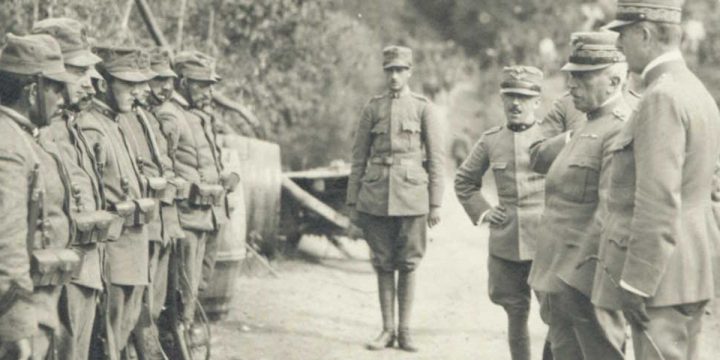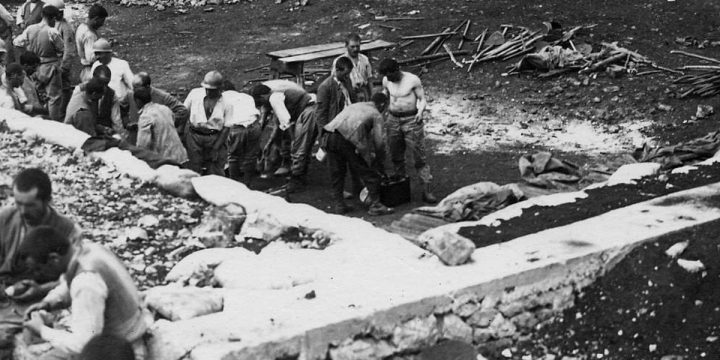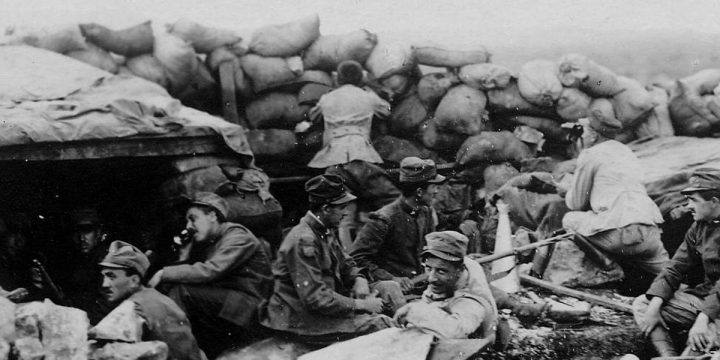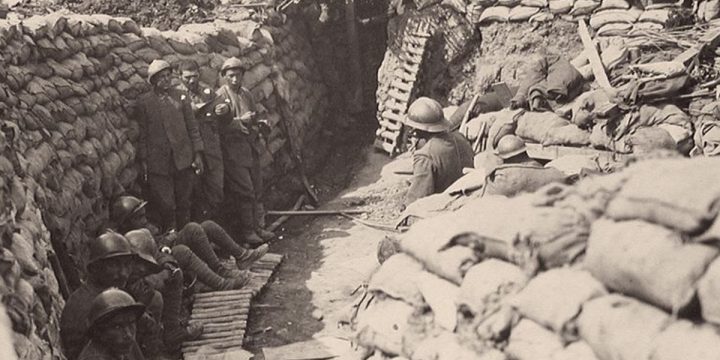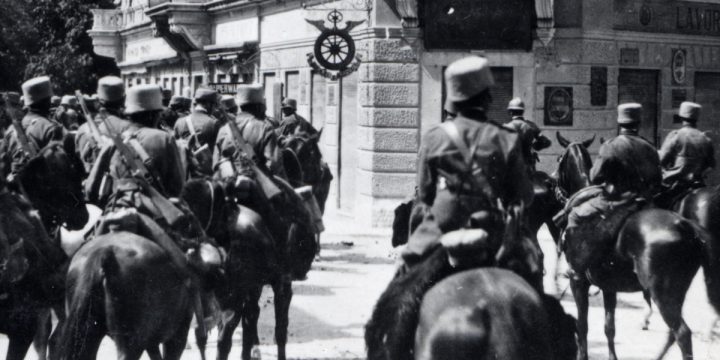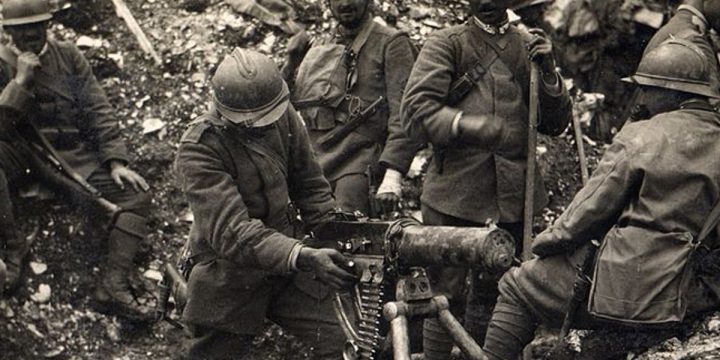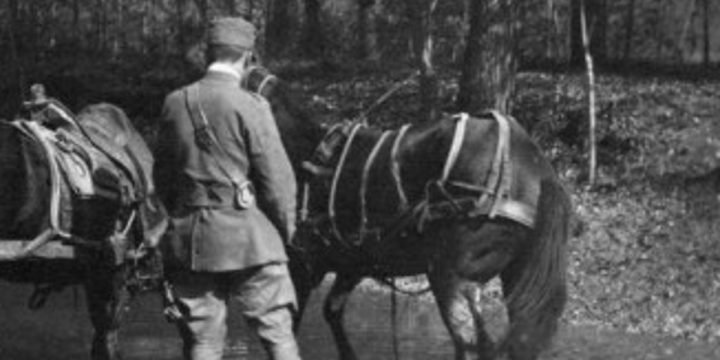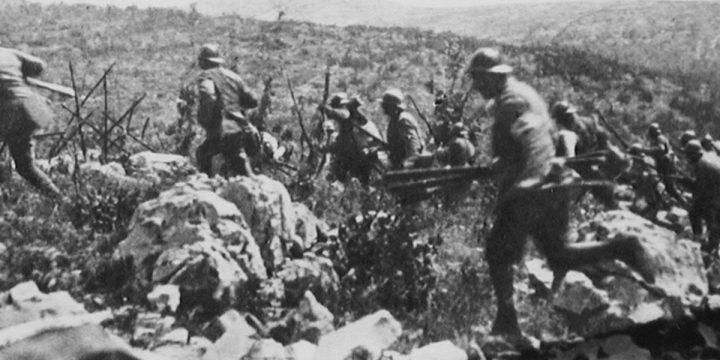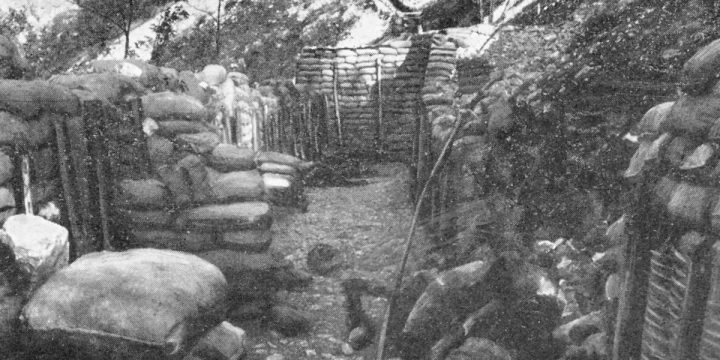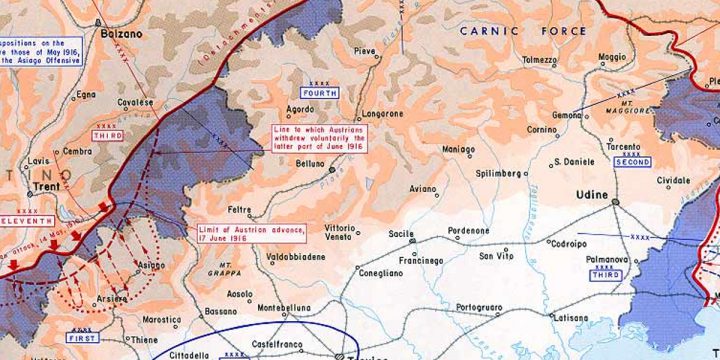
First Battle of the Isonzo (23 June – 7 July 1915)
First Battle of the Isonzo – 23 June–7 July 1915 The First Battle of the Isonzo was fought between the Armies of Italy and Austria-Hungary on the Italian Front in World War I, between 23 June and 7 July 1915. The aim of the Italian Army was to drive the Austrians away from its defensive positions along the Soča (Isonzo) and on the nearby mountains. Although the Italians enjoyed a 2:1 numeric superiority, their offensive failed because the Italian commander, Luigi Cadorna, employed frontal assaults after impressive (but short) artillery barrages. The Austrians had the advantage of fighting from uphill positions barricaded with barbed wire which were able to easily resist the Italian assault. The Italians had some early successes. They partially took Monte Nero (Monte Krn), took Monte Colowrat, and…

